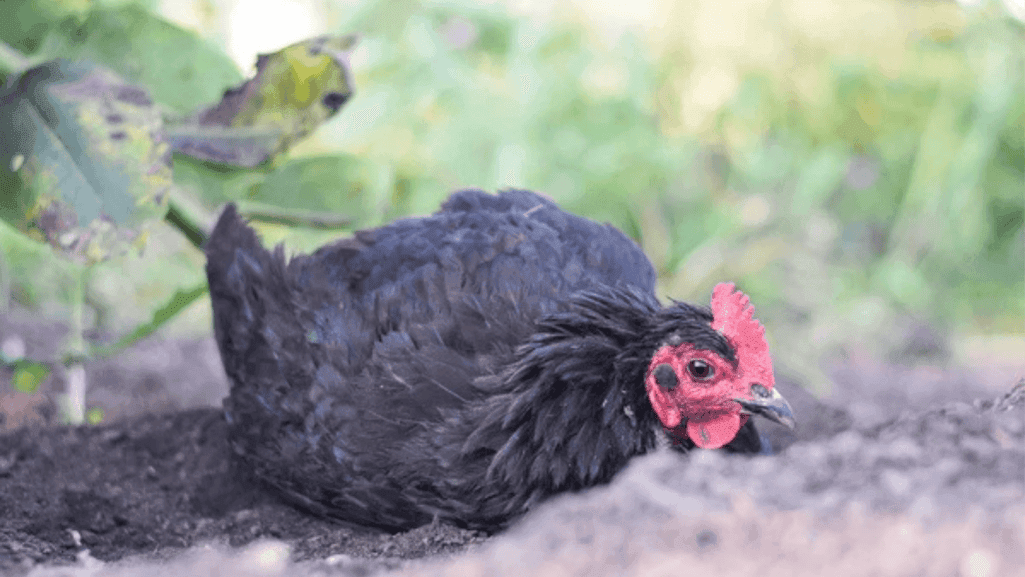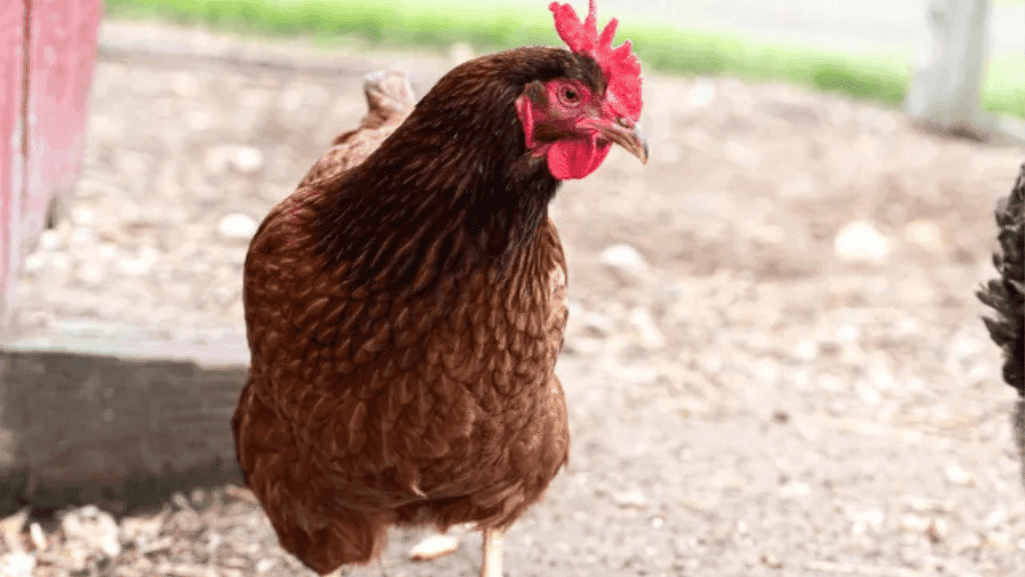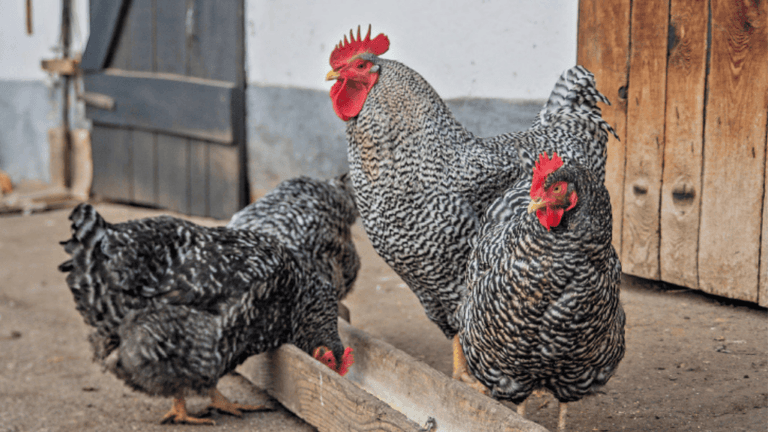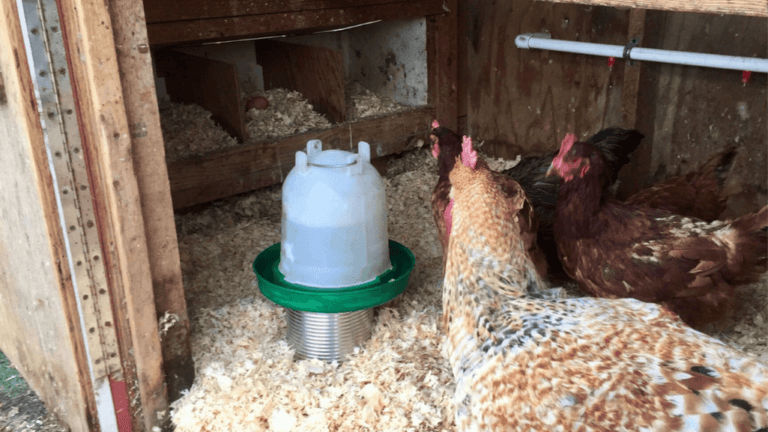Keeping your backyard chickens healthy is key, and that means fighting off pests. Chicken mites are tiny but can cause big problems. They can harm your chickens and hurt your farm’s work. Knowing how to eradicate mites is a must for chicken owners.
These pests can live up to three weeks without a host. That’s why you need to act fast with chicken mite treatment.
There are many types of mites, like northern fowl mites and scaly leg mites. You need a solid plan to fight them. Learn how to fight them and keep your chickens healthy. Also, find fun names for your chickens to bond with them better. Check out these ideas for inspiration.
Key Takeaways
- Recognize signs of mite infestation for early detection and quick treatment.
- Understand that chicken mites can lead to serious health issues like anemia.
- Regular cleanliness of coops helps prevent mite and lice infestations.
- Use natural and chemical treatments judiciously to maintain poultry health.
- Consider garlic juice and other natural deterrents as part of your chicken mite treatment plan.
- Source new birds from trusted breeders to avoid introducing pests to your flock.
Understanding Chicken Mites and Their Impact on Flock Health
Chicken mites can harm not just one bird but the whole flock. They can cause flock health risks like anemia in chickens. It’s important to know how to spot these external parasites and what they do to keep your flock healthy.
Species identification is very important. Different mites, like Northern fowl mites, Red mites, and Scaly leg mites, act differently. Each needs its own plan to manage and get rid of them.
Recognizing Different Types of Chicken Mites
- Northern Fowl Mites: These mites live around the vent area. They breed fast, finishing their life cycle in just a week.
- Red Mites: These mites can live for months without eating. They turn red when full of blood.
- Scaly Leg Mites: These mites live under the scales on legs. They cause irritation and can even deform legs.
Signs and Symptoms of Mite Infestation in Chickens
Signs of mites include dirty vent feathers and holes in flight feathers. Chickens might also lay fewer eggs. They might also preen too much or limp due to scaly leg mites. It’s important to check for these signs early to prevent serious problems.
The Consequences of Untreated Mite Infestations
Not treating mites can lead to big problems. Mites can quickly spread, causing serious issues. These can include severe anemia, loss of limbs, and even death. It’s vital to act fast to stop these problems.
To keep your chickens healthy, clean their coop regularly and use the right pesticides. Knowing how to spot and treat mites is also key.
How to Get Rid of Mites on Chickens
Getting rid of mites on chickens requires a mix of mite extermination and treatment options. It’s important to check your chickens often and use both man-made and natural treatments.
Spotting mites early is key to parasite control. Look at your chickens, focusing on areas like the vent. Use the tape trick to see how bad the infestation is. Check the coop at night to catch mites in action.
Permethrin is a strong choice for quick mite removal. It works fast when used right. Natural options like Diatomaceous Earth also work well. Sprinkle it in the coop to keep mites away.
- Garlic juice sprays are good for treating chickens directly.
- Adding garlic powder to their food boosts their immune system and fights mites.
Keeping the coop clean is also important. Use a mix of water, oil, and dish soap to repel mites. This makes the coop less welcoming to mites.
Some chicken breeds, like silkies or polish chickens, need extra care because they get mites easily. They need more of these treatment options.
Regular inspection and changing treatments are key to parasite control. These steps help keep your chickens healthy and productive.
Finishing these treatments helps keep your flock safe and healthy. It’s important in the fight against mites and other pests.
Preventative Measures to How To Get Rid Of Mites on Chickens?
Mite prevention in poultry is key. It involves keeping the coop clean and strict biosecurity measures. Knowing that mites like Northern fowl mites and red mites harm chickens helps owners prevent them.
Keeping the coop clean is a must. Remove old bedding and use hemp bedding, which 90% of users find effective. Also, make sure the coop has no crevices where mites can hide for up to three weeks.
- Dust Baths: Areas with wood ash or food-grade diatomaceous earth help chickens fight mites naturally.
- Regular Cleaning: Clean the coop often, more so in warmer months, to avoid mite infestations.
- Use of Natural Mite Sprays: Spray the coop with natural mite repellents to keep mites away.
Biosecurity is also critical. Always get new birds from trusted breeders and quarantine them. This stops mites from entering a healthy flock. About 80% of mite problems come from wild birds, so keep your coop secure.
For more tips on keeping your coop mite-free, check out Fresh Eggs Daily. Also, learn about genetic factors in chickens that affect mite resistance at Luxe Chickens.
By following these steps, you can prevent mites and keep your chickens healthy. This ensures they stay happy and productive.
Natural Treatment Options for Chicken Mites
Fighting chicken mites is a big challenge in backyard coops. We need safe organic mite treatment solutions. Chemicals can harm chickens and the environment. So, natural methods like diatomaceous earth, essential oils, and garlic effectiveness are becoming popular.
Utilizing Diatomaceous Earth for Mite Control
Diatomaceous earth is a powdery substance that dehydrates mites. But, it must be applied carefully to avoid harming chickens. This natural treatment doesn’t affect egg-laying but needs regular use.
Effective Essential Oils and Herbal Remedies
Herbal mite repellent and essential oils for mites are safe and effective. Plants like wormwood and oils from bay, clove, and lavender repel mites. They also make the coop a calm place. Using these herbs or oils can significantly improve chicken health and prevent mites.
Garlic Juice Treatment: An Organic Approach
Garlic juice spray is a great organic mite treatment. It kills mites completely, thanks to garlic effectiveness. It’s simple to make and can be part of regular care.
Choosing non-toxic remedies is key to managing mites safely. Regular coop cleaning and these natural treatments protect chickens and the environment. They form a strong defense against mites.
Conclusion
The path to effective mite control strategies goes beyond just reacting. It needs a proactive plan for health maintenance to keep the flock safe. In places like Victoria, where red mite problems are common, prevention is key for sustainable poultry farming.
Quick action is important when treating infestations. This is because these pests can spread fast. Products like Ivermectin or Maldison 50 might be needed for severe cases.
Choosing the right treatments is important. They should be safe for the environment and the birds. For example, some countries have banned Carbaryl, so finding safer options is essential.
Even organic options like Diatomaceous Earth need careful consideration. There’s a lack of studies on its effectiveness. Instead, methods like steam cleaning and using insecticides like Permost CS can be part of a good plan.
Knowing about parasites and how to treat them is key. Ongoing learning and health checks are important. This way, backyard chicken keepers can keep their birds healthy.
It’s clear that the health of a flock depends on informed care. This is what the luxechickens.com guide emphasizes. Knowledge, observation, and the right methods are essential for a thriving backyard poultry environment.









